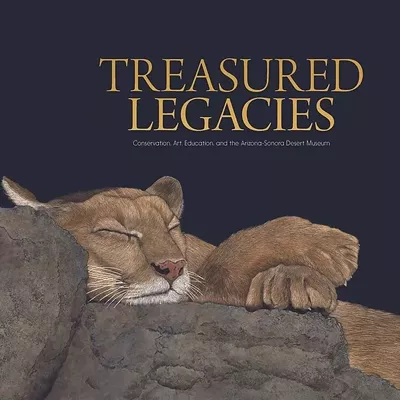The program was hatched in the early 1960s when the federal government decided it was time to play catch up and officially tackle organized crime, a festering problem that the Feds--and more specifically J. Edgar Hoover--had been in denial about for decades.
The idea seemed simple enough: give turncoat thugs a chance to redeem themselves by dropping countless dimes on their former bosses. The federal government would reap a harvest of Mafiosos who would be put behind bars thanks to the eyewitness testimony and the renegade wiseguys would benefit by getting new identities and a chance to weave their way into the fabric of American life.
But there was an array of setbacks for Witsec from the start. Those in charge seemed to be making it up as they went along, usually after learning painful lessons on the way. There were issues of funding, safety and just what the government's obligations to the defectors really were. There was the seemingly obvious problem of just how realistic it was to expect born-again Brooklyn-bred gangsters to mesh into life in Dubuque, Iowa or Tucson, for that matter. But perhaps the biggest obstacle the higher-ups--including Gerald Shur, the book's co-author and founder of the program--encountered, but didn't see coming, was the sandbagging Witsec got from other law enforcement officials.
Early on, Shur and investigative reporter Pete Early tell us, the program was slighted. None of the federal government's infinite arms of law enforcement wanted anything to do with it, so it ended up in the resentful lap of the U.S. Marshals Service. Once there, many agents announced that they were not crazy about protecting Louie or Vinnie. These straight-laced marshals took a dim view towards looking after murderers and racketeers. Meanwhile, local cops were also understandably angry when they discovered that truckloads of sociopaths and psychos were being transplanted to their peaceful, picket-fence communities courtesy of Uncle Sam.
It was a bureaucratic fire drill of the worst kind, but Shur maintains it was--and is--worth it. A dedicated crime-fighter, he says the program--in spite of its many problems--is a necessary evil needed to penetrate and shut down tightlipped world of crime families, biker gangs and terrorist groups.
But the book offers plenty of examples that might make the reader second-guess Shur's steadfast belief in the program.
There are the cases of Arthur Kane and Marion "Mad Dog" Pruett. Both men were given new lives thanks to Witsec after they each provided tasty testimony for the government and both later went on murderous rampages in their new towns.
Or there is the story of Thomas Leonhard, a Buffalo, N.Y., working stiff who learns one day his ex-wife and two kids have disappeared because the ex-wife's wiseguy boyfriend has enrolled in Witsec. Leonhard spent six years fighting federal red tape trying to track down his kids and when he finally found them they no longer recognized the man.
And let's not forget the well-known tale of "Sammy the Bull" Gravano, who killed 19 people before ratting out his old boss, John Gotti. Gravano was moved to sunny Scottsdale, thanks to Witsec, where he and his family are now awaiting sentencing for running an Ecstasy ring.
The list goes on. Libertarians will wince when they read how taxpayers footed the bills for Witsec witness' penile and breast implants as part of their sweetheart deals. Others will cringe when they hear the heartbreaking story of a Witsec widow who was moved from Brooklyn to Rapid City, South Dakota, where she watched her family disintegrate. First she discovers that the Feds also moved her outlaw husband's mistress nearby. The mistress and husband are allowed to relocate to a new community on Witsec's dime, while the wife watches her children meet untimely deaths in strange towns. In the end she is left alone in California after the government is through playing leapfrog with her life.
In spite of it all Shur supports the program, which has fallen on hard times since his retirement seven years ago. He points out that hundreds of crooks have been locked up thanks to Witsec testimony and that not one single witness has ever been found and killed by their former colleagues. Still, in reading about how these slick con artists and murderers managed to turn their crooked ways into taxpayer funded "get out of jail free" cards, one wonders just how tragic a little retribution would really be.






